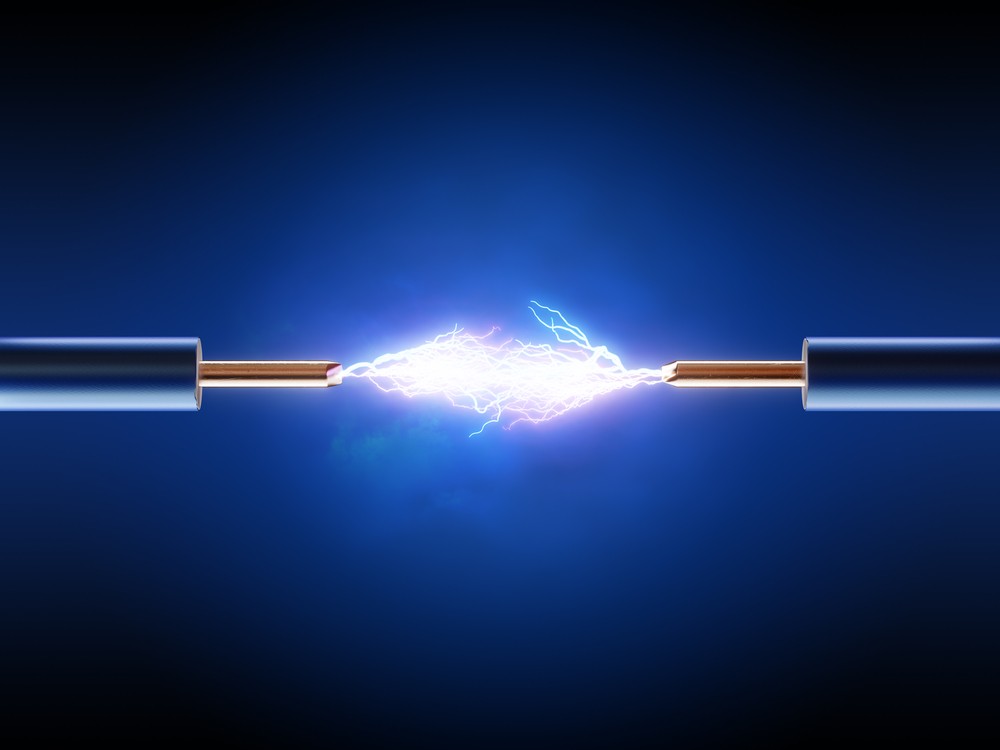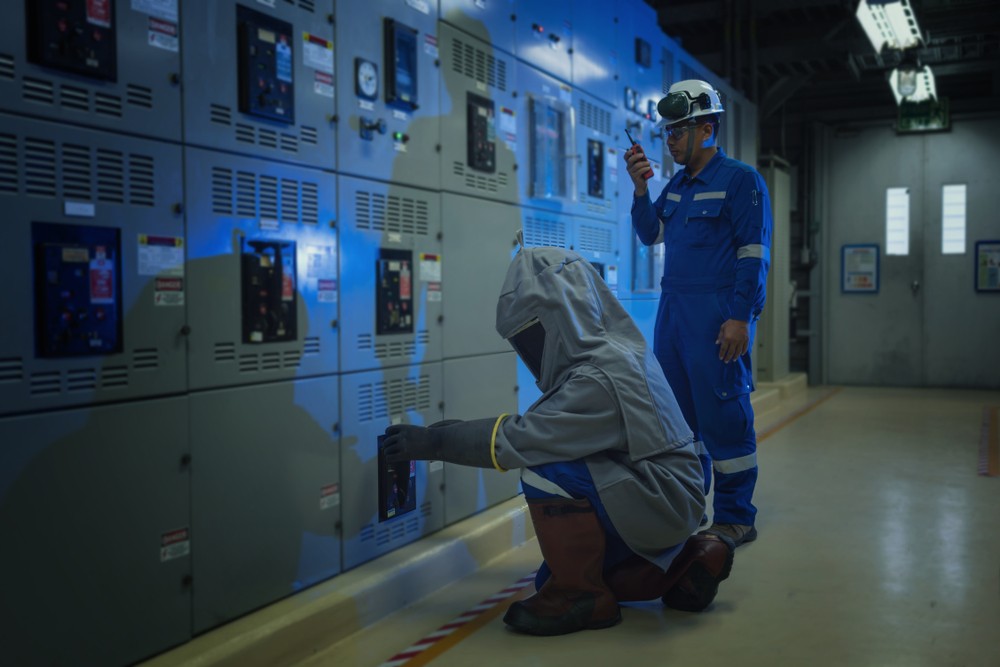Arc Flash: Safety Practices To Abide By

Manufacturing professionals work in environments where safety hazards demand constant consideration. Among the most dangerous and deadly hazards are those electrical in nature — namely, arc flashes, which can cause severe injuries and even death.
Like any workplace danger, arc flash incidents are preventable by following proper safety practices and procedures. Simple, fundamental practices go a long way toward preventing a sudden electrical discharge and its potentially lethal consequences.
What is arc flash?
Arc flash is an electrical phenomenon. It occurs when energy is released from an electrical system in a bright, explosive flash. This can happen in a variety of situations but is most commonly associated with equipment failure or accidental contact with high-voltage electricity.
The sudden and intense release of energy can cause serious injuries and even fatalities to nearby workers. The dangers of arc flash include burns, respiratory problems, and potential blindness, among other risks. Workers who may be exposed to arc flash conditions should receive proper training and protection to minimize the risk of injury.
Arc flash safety practices
By following simple safety practices, you can safeguard yourself and your fellow workers against arc flash — or even prevent it from occurring:
- Use personal protective equipment (PPE). Without proper protection, workers can be seriously injured or killed by arc flash. This is why all employees should wear appropriate PPE — such as arc-rated clothing and face shields — when working near electrical equipment. Employers must also maintain and replace PPE as needed.
- Proper training and education. Employees should receive comprehensive instruction on how to minimize the risk of arc flash and respond if an incident occurs. This training should cover everything from identification of hazard areas to the proper use of PPE.
- Safe work practices and procedures. To prevent arc flash events, manufacturers should have safe work practices and procedures. These include correctly labeling electrical panels, conducting regular equipment inspections, and ensuring all workers are trained on electrical safety. Lockout-tagout (LOTO) procedures are also essential training.
- Prejob hazard assessments. Prejob hazard assessments involve identifying potential electrical hazards and evaluating the associated level of risk. These assessments keep workers informed and equipped with the necessary knowledge to minimize or eliminate the risks of arc flash occurrences.
- Equipment maintenance and inspections. Manufacturers must ensure their equipment is regularly maintained and inspected. By taking proactive steps to prevent an arc flash, companies can safeguard their employees, reduce the risk of equipment damage, and maintain a productive and efficient work environment.
Take electrical safety seriously
According to recent statistics, arc flash events occur five to 10 times per day in the United States. Failing to adhere to safety practices can have serious consequences for both individuals and organizations. Therefore, it’s essential for manufacturers to prioritize safety practices and take proactive measures to prevent accidents from occurring. This includes closely monitoring jobsite conditions and eliminating any catalysts with the potential to cause an arc flash. By doing so, companies not only can protect their employees but also keep their operations running safely and efficiently.
